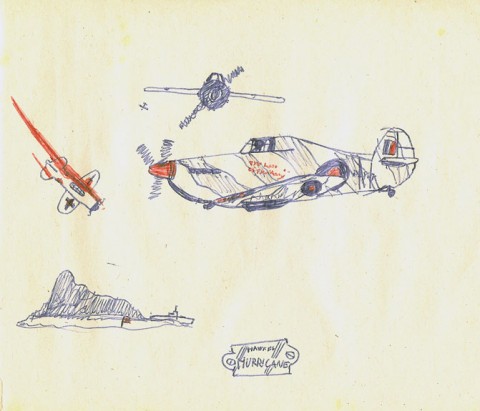The destruction of Everytown, 1940
The week before last, I had the opportunity to present a talk about my PhD topic at an Open University summer school (cheers Chris!) It was the first time I’ve given a talk about the thesis as a whole and I think it went OK — I don’t know that I’m getting better as a […]


